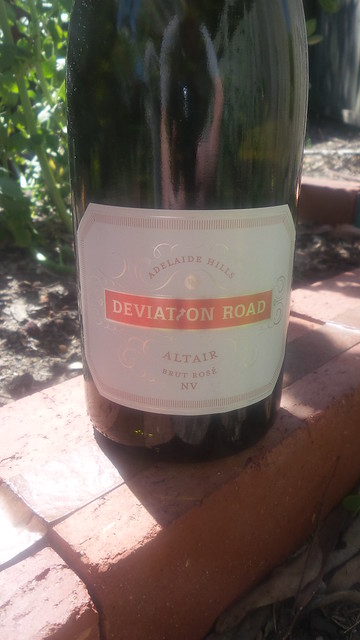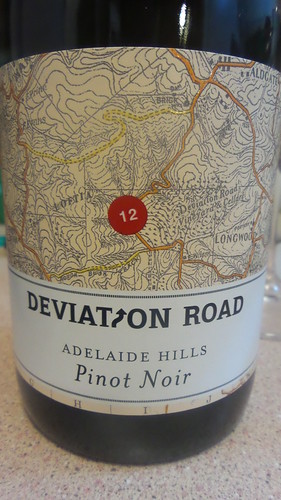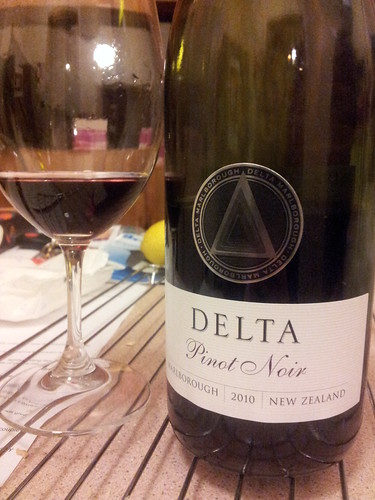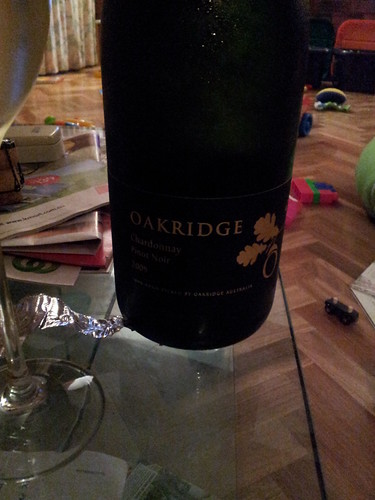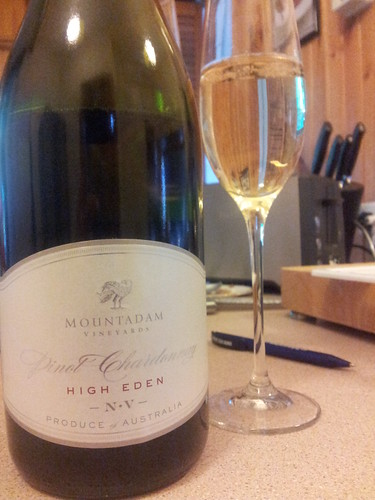
As it’s getting close to the weekend it’s time to think about celebratory, weekend wine and for me that means bubbles! I’ve had my tasting note for the Brown Bros Patricia hanging around for a while so I figured it was time to commit it to the internet.
Patricia Brown was the matriarch of the Brown family and the wines that bear her name are the winery’s flagship wines. The sparkling Pinot Noir Chardonnay comes from the winery’s Whitlands vineyard in Victoria’s King Valley. The 2006 is 79% Pinot and 21% Chardonnay and was made the same way that Champagne is made (you’ll see this on bottles as méthode traditionelle or méthode champenoise). Amongst other things, this means that the wine has spent its entire life in the bottle you pick off the shelf – including the five years it has spent on lees.
This time on lees, where the sparkling wine lies in the bottle with the dead and dying yeast (oh, right – that sounds so attractive) is what gives good sparkling wines from around the world their complexity. As the yeast runs out of sugar in the wine it starts to eat itself and this process, known as autolysis, gives vintage sparkling wines their characteristic yeasty, bready notes.
With vintage sparkling wine it’s important to remember a few things. Firstly, it will usually cost more than a non vintage because it’s taken more time to put together, and often uses better fruit and production techniques. The wine is much more likely to be savoury than its non vintage counterpart. If you’re not a fan of yeasty, bready, nutty and perhaps even Vegemite like characters in your sparkling wine then proceed with caution. But because of this savouriness, vintage bubbles often work brilliantly with food.
In the glass, this wine is pale gold in colour and I note comparatively few bubbles (although this depends so much on the glass that I’m almost reluctant to write that down!). The nose is all about toasted brioche and bread and butter pudding with a touch of vanilla.
On the palate, the Patricia is very savoury. There’s very good acidity which is softly persistent. There’s a little bit of lemon that comes through, and a slight nuttiness, but this wine is really all about those savoury characters – it’s yeasty, brioche like and has a slightly meaty flavour which is perhaps best described as umami or Vegemite (think just a hint of Vegemite smeared on buttered white toast, rather than slathered on!).
I enjoyed this wine – this style of bubbles is definitely my thing. If you’re interested in exploring vintage sparkling wine this also represents a reasonable, and reasonably priced, introduction before you start delving into the considerably more expensive Champagne.
Jeremy, over at Wine Will Eat Itself, also enjoyed this wine, back in May.
This wine was purchased from Dan Murphy’s (Marion), $40.
Closure: cork.



